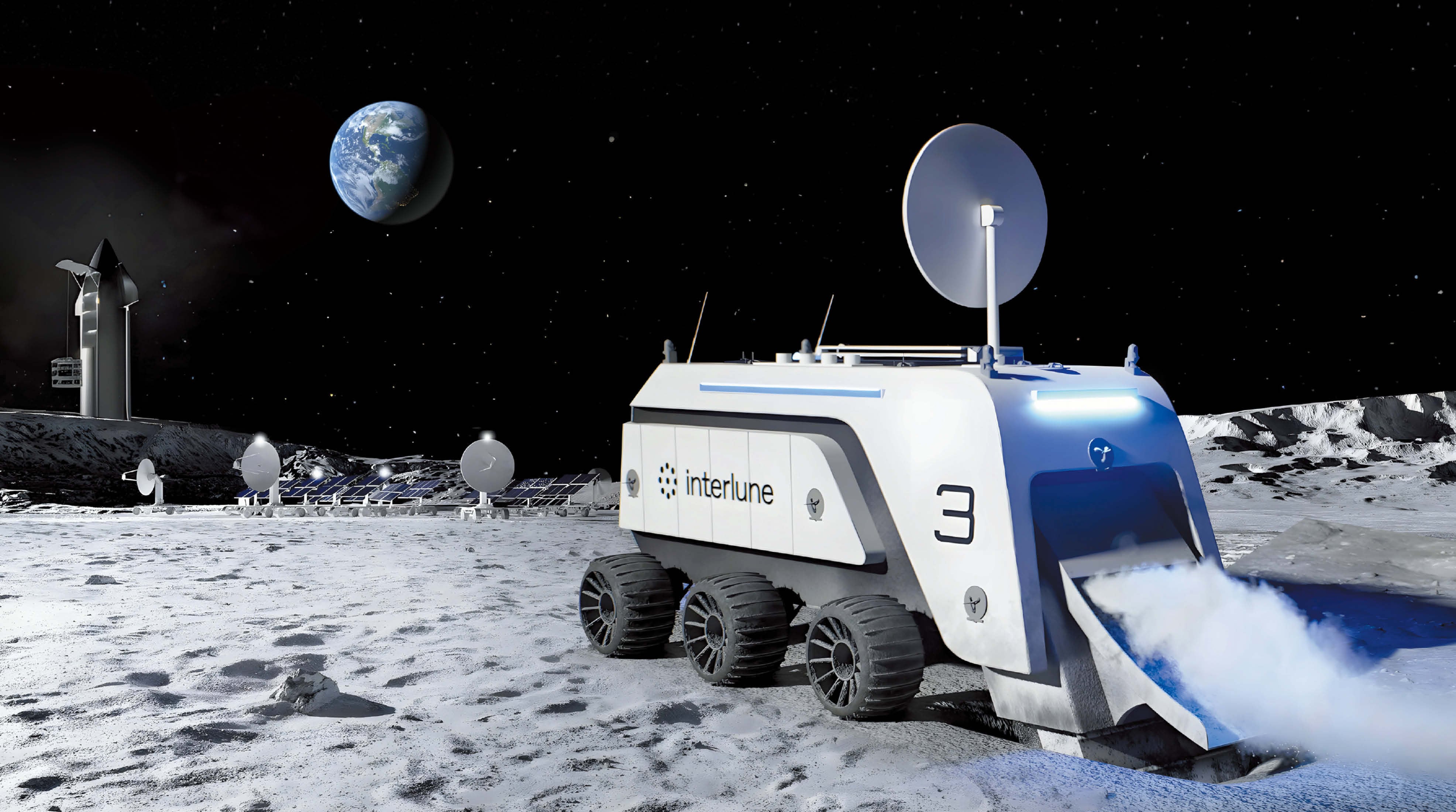
The New Space Gold Rush: Mining Resources Beyond Earth
As the Earth grapples with dwindling resources and escalating energy demands, a new frontier is opening up: space. Companies and nations are increasingly looking beyond our planet to the Moon, asteroids, and other celestial bodies as potential sources of valuable materials. This "space gold rush" is driven by the immense economic potential, the scarcity of certain resources on Earth, and rapidly maturing technologies that are making space mining more feasible than ever before.
The Lure of Lunar and Asteroid Riches
The Moon is a prime target for early space mining ventures. It is relatively close to Earth and contains significant deposits of rare earth elements, water, and helium-3. Helium-3, in particular, is attracting considerable attention as a potential next-generation fuel for nuclear fusion reactors. This isotope of helium is exceptionally rare on Earth, yet the Moon is believed to hold substantial reserves. Some experts believe that just 100 tons of helium-3 could supply the Earth's energy needs for a year, without producing carbon emissions or radioactive waste.
Beyond energy, helium-3 is also critical for the development of quantum computers, which require ultra-low temperatures to operate. Existing terrestrial sources of helium-3 are insufficient to meet the growing demand from the quantum computing industry, making lunar mining an attractive alternative.
Asteroids represent another potentially vast source of wealth. Some asteroids are rich in platinum-group metals (PGMs) like platinum, palladium, iridium, and rhodium, which are essential for various industrial applications, including electronics and automotive catalysts. One particularly intriguing asteroid, 16 Psyche, is estimated to contain metals worth a staggering $10 quintillion.
Why Space Mining Now? Key Drivers
Several factors are converging to make space mining a realistic prospect:
-
Immense Economic Value: The potential profits from extracting resources from the Moon and asteroids are enormous. The Moon's helium-3 reserves are estimated to be worth trillions of dollars, while some asteroids hold metals worth even more.
-
Resource Scarcity on Earth: Many of the resources found in space are becoming increasingly scarce or difficult to access on Earth. This is due to a combination of factors, including geological limitations, geopolitical instability, and environmental concerns. Space mining offers a way to diversify supply chains and reduce reliance on potentially unreliable sources.
-
Technological Advancements: Significant progress has been made in key technologies, such as rocketry, robotics, and autonomous systems, which are essential for space mining. The dramatic reduction in launch costs, thanks to companies like SpaceX, has made space access far more affordable. Furthermore, advances in robotics and artificial intelligence are enabling the development of autonomous mining equipment that can operate in the harsh conditions of space.
Key Technologies Enabling Space Mining
Several key technologies are enabling the development of space mining capabilities:
-
Advanced Robotics: Robots are needed to perform the actual mining operations on the Moon and asteroids. These robots must be able to withstand extreme temperatures, radiation, and the abrasive lunar regolith.
-
Autonomous Systems: Given the vast distances involved, space mining operations will need to be largely autonomous. This requires sophisticated software and sensors that can enable robots to navigate, excavate, and process resources without human intervention.
-
Resource Extraction and Processing: New methods are being developed to extract and process resources in space. For example, one approach to extracting helium-3 involves heating lunar regolith to release the trapped gas, then cooling the gas to extremely low temperatures to separate the helium-3.
-
Low-Cost Space Transportation: The cost of launching equipment and personnel into space has been a major barrier to space mining. However, the development of reusable rockets has dramatically reduced launch costs, making space mining more economically viable.
Challenges and Risks
Despite the immense potential, space mining also faces significant challenges and risks:
-
Technological Challenges: Developing reliable and efficient mining equipment that can operate in the harsh conditions of space is a major engineering challenge.
-
Financial Risks: Space mining projects require substantial upfront investments, and there is no guarantee of success.
-
Regulatory Uncertainty: The legal and regulatory framework for space mining is still evolving. There is a need for clear and consistent rules to govern resource extraction in space.
-
Environmental Concerns: It is important to consider the potential environmental impacts of space mining and to develop sustainable practices that minimize harm to the lunar and asteroid environments.
The Future of Space Mining
Despite the challenges, the space mining industry is poised for rapid growth in the coming years. As technology continues to advance and costs continue to fall, space mining will become an increasingly attractive option for securing resources and driving economic growth. The companies that are investing in space mining today are positioning themselves to be leaders in this exciting new frontier.
A Glimpse into the Future
Imagine a not-so-distant future where robotic miners are extracting helium-3 from the lunar surface, powering fusion reactors on Earth, and providing clean energy for billions of people. Asteroid mining operations are supplying rare earth elements and platinum-group metals to manufacturers around the world, fueling innovation and economic growth. Space mining is no longer a science fiction fantasy but a reality, contributing to a more sustainable and prosperous future for humanity.

No comments:
Post a Comment